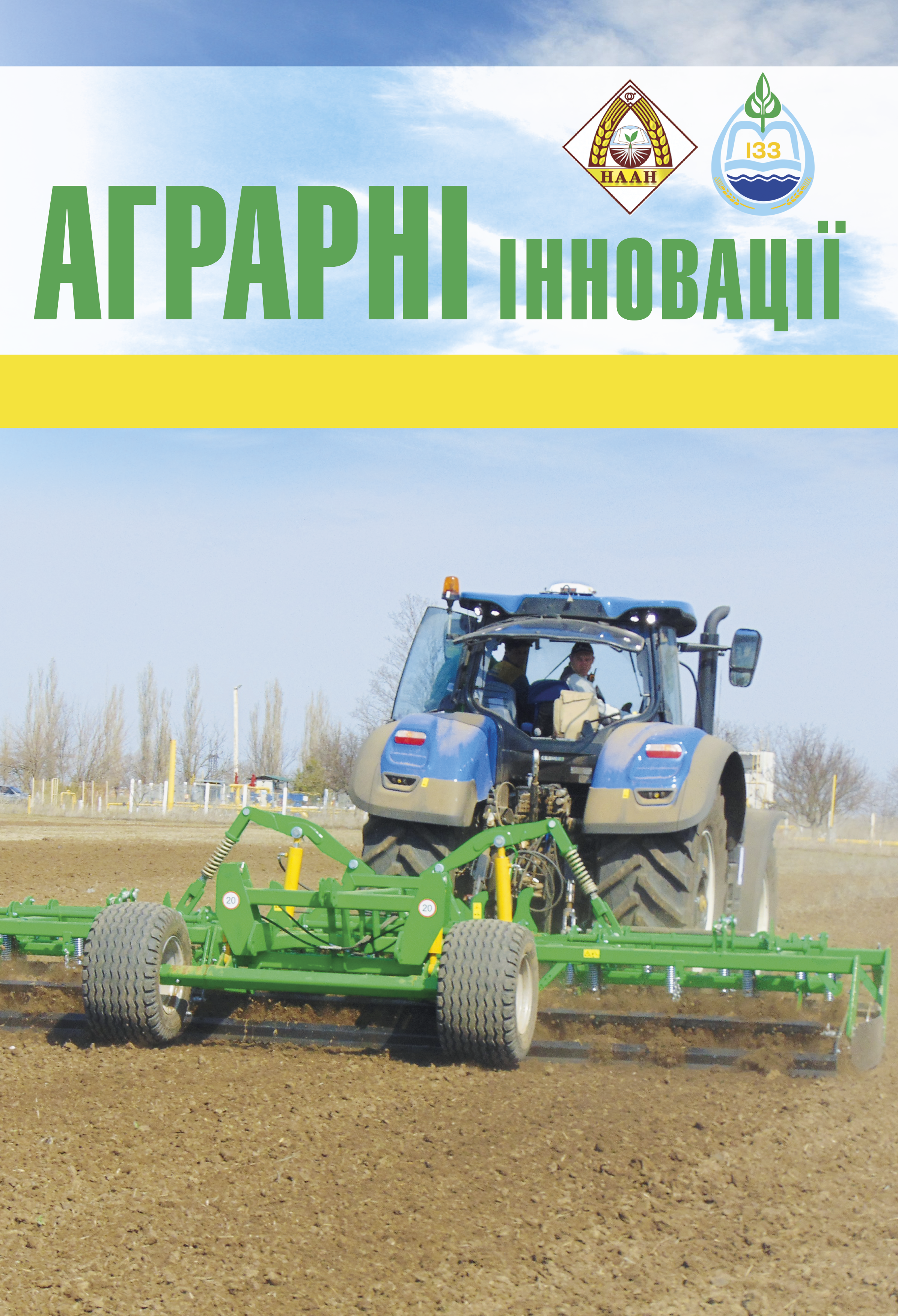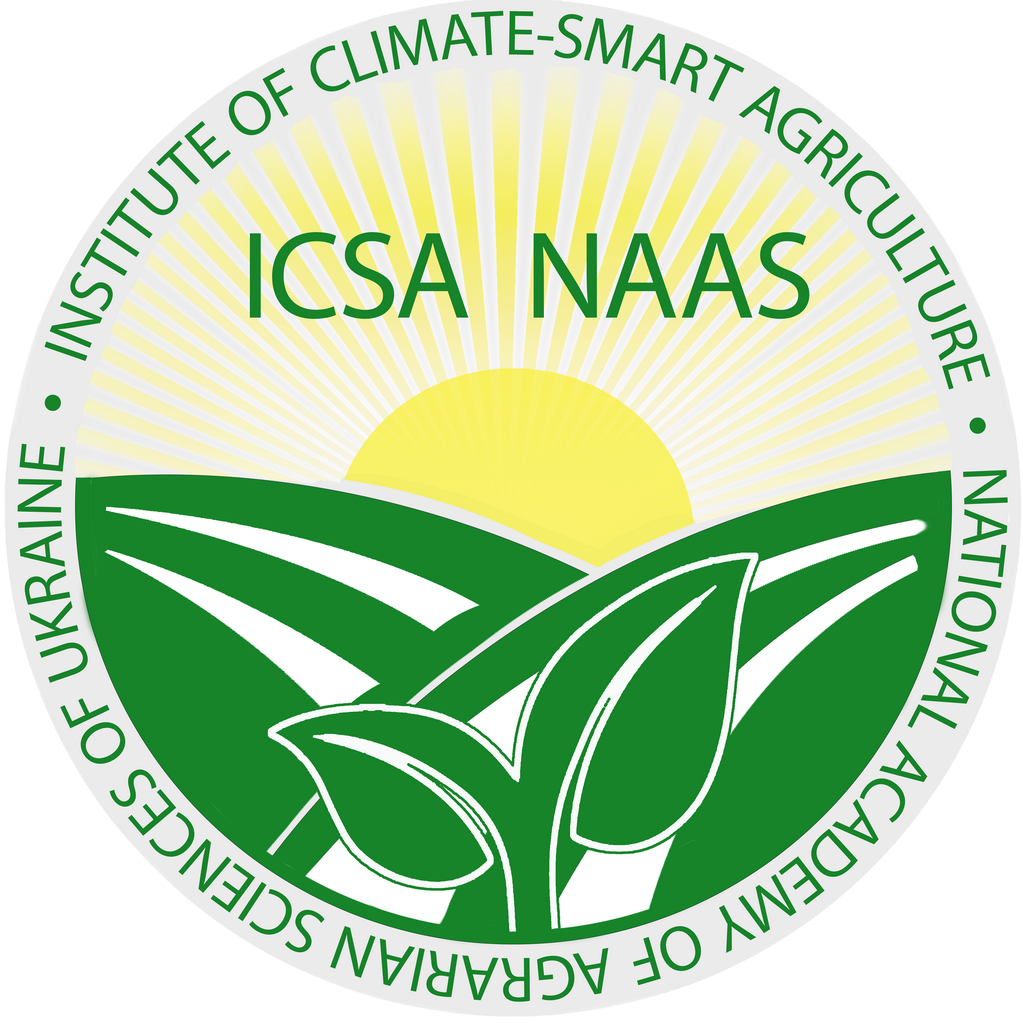Possibilities of new triazole substances for improving the ontogenesis of winter wheat
Abstract
Triazole derivatives have great potential for optimizing agrotechnology, providing better control over the processes of plant growth and development. Their use contributes to adaptation to climate change, improving yields and resource efficiency. Purpose. The aim was to show the limits of variability in laboratory parameters of germination and germination energy depending on the variety, the substance used and its concentration. Methods: For the varieties Vagoma, Balagura, Belinda, Euphoria, ZU Trasko, an analysis was conducted to determine the characteristics of germination energy (4 days) and laboratory germination (7 days) for treatment with an aqueous solution of promising growth regulators CA-64 (potassium [1,2,4]triazolo[ 1,5-c]quinazoline-2-thiolate), CA-79 (potassium tetrazolo[ 1,5-c]quinazoline-5-thiolate), CA-67 (5-(2-aminophenyl)- 1H-1,2,4-triazole-3-thiol). Distilled water was used as the control. Working solutions were used in concentrations of 0.01%, 0.02% and 0.04%. Germination was carried out in rolls of filter paper. Results. It was found that in general, germination energy and germination did not depend on the variety factor, but only on the concentration of the factor. For CA-64 and CA-79, germination energy increased to a concentration of 0.02%, except for the Euphoria variety, after which a significant negative effect was felt at the action of 0.04% (compared to the control, the indicator decreased by 3-4.0%, which was statistically significant). The concentration showed significant toxicity in the effect on grain. Laboratory germination also increased to a concentration of 0.02% under the action of CA-64 and CA-79, except for the Euphoria variety, after which a significant negative effect was felt at the action of 0.04%. The action of CA-67 was insignificantly positive or significantly negative starting from 0.02%. The action of CA-64 CA-64 and CA-79 0.02% led to a significant positive effect, although the effect of the drugs may not be as successful depending on the variety (mainly the Euphoria variety). According to the results of discriminant analysis, CA-64 and CA-79 form one group according to the characteristics of the action on the seed material, that is, the difference in their action is again unreliable. Findings. According to the results of the analysis of the studied substances, it was found that the optimal among the studied substances is the use of CA-64 and CA-79 at a concentration of 0.02%, and CA-79 in some cases is more effective in stimulating action, but establishing the possibility of obtaining a statistically significant difference among these substances requires a significant expansion of the scale of the experiments. Preliminary results show significant possibilities for using the drugs used. The varietal component of variation is weak and the effect should be as broad as possible (Euphoria).
References
2. Cann D., Hunt J., Rattey A., Porker K. Indirect early generation selection for yield in winter wheat. Field Crops Research. 2022.Vol.282. 108505. doi: 10.1016/j.fcr.2022.108505
3. Essam F., Badrya M., Aya M. Modeling and forecasting of wheat production in Egypt. Advances and Applications in Statistics. 2019. Vol.59, № 1. Р. 89–101.
4. Jaradat A. Simulated climate change deferentially impacts phenotypic plasticity and stoichiometric homeostasis in major food crops. Emirates Journal of Food and Agriculture. 2018. Vol. 30, № 6. Р. 429–442.
5. Hongjie L., Timothy D. M., McIntoshc, R.A., Yang, Z. Breeding new cultivars for sustainable wheat production. The Crop Journal. 2019. Vol. 7, № 6. Р.715–717.
6. Li H.J., Timothy D. M., Mc Intoshc R.A., Zhou Y. Wheat breeding in northern China: achievements and technical advances. The Crop Journal. 2019. Vol. 7, № 6. Р. 718–729.
7. Miedaner T., Juroszek P. Climate change will influence disease resistance breeding in wheat in Northwestern Europe. Theoretical and Applied Genetics. 2021. Vol. 134. 1771–1785.
8. Sushchenko I. G., Kabar A. M., Kovalenko S. I., Lykholat Y. V., Sayenko A. A. Evaluation of the influence of a new triazole derivative on the period vegitation and 1st phase of growth of creeping clover seeds white (Trifolium repens L.). Ecology and Noospherology. 2024. Vol. 35. Р.78–83.
9. Tsenov N., Atanasova D., Stoeva I., Tsenova, E. Effects of drought on grain productivity and quality in winter bread wheat. Bulgarian Journal Agricultural Sciences. 2015.Vol. 21. Р. 592–598.






